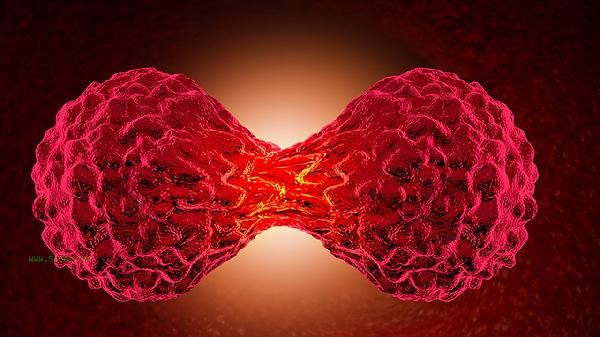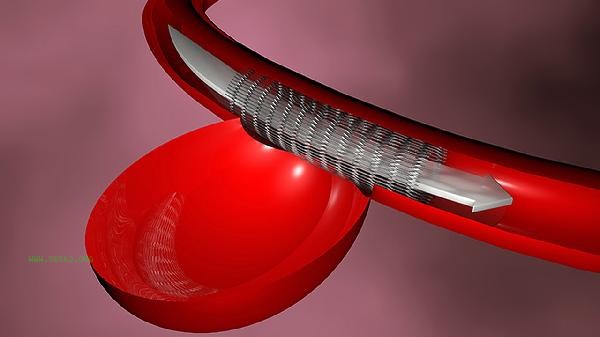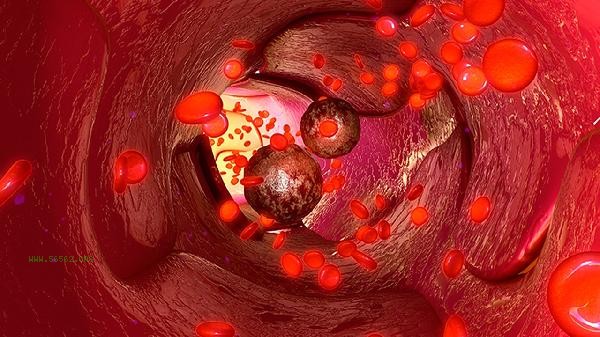Long term excessive intake of trans fatty acids may increase the risk of aneurysms, mainly related to endothelial damage, intensified inflammatory response, elevated low-density lipoprotein, decreased vascular elasticity, and tendency towards thrombosis.

1. Endothelial injury:
Trans fatty acids can damage the integrity of endothelial cells, leading to endothelial dysfunction. After damage to the endothelial layer, the ability of vascular wall repair decreases, and local weak areas gradually bulge under blood flow shock, forming aneurysm like lesions. Animal experiments have shown that the intake of trans fatty acids reduces the activity of endothelial nitric oxide synthase by 40%.
2. Increased inflammatory response:
Trans fatty acids can activate the nuclear factor kappa B pathway, leading to a 3-5 fold increase in the secretion of inflammatory factors such as tumor necrosis factor alpha. Chronic inflammation can continuously erode the vascular membrane structure, accelerate the degradation of collagen fibers, weaken the support of the vascular wall, and ultimately induce tumor like dilation in areas such as the aorta or cerebral arteries.
3. Elevated low-density lipoprotein:

Daily intake of 5 grams of trans fatty acids can increase low-density lipoprotein cholesterol by 10% -15%. These lipid particles are easy to deposit in the vascular wall and form atherosclerotic plaques. The uneven pressure on the vascular wall at the plaque site may cause localized dilation under hemodynamic effects, which is commonly seen in early cases of abdominal aortic aneurysm in clinical practice.
4. Decreased vascular elasticity:
Trans fatty acids can interfere with the metabolism of vascular smooth muscle cells, leading to a decrease in elastin synthesis. After the destruction of the elastic fiber network of the blood vessel wall, the vascular compliance decreases, and mechanical damage is more likely to occur during blood pressure fluctuations. Autopsy studies have found that individuals on a high trans fatty acid diet experience a 25% -30% deterioration in aortic elastic modulus.
5. Thrombosis tendency:
Trans fatty acids promote the release of platelet aggregation factor, keeping the blood in a hypercoagulable state. When blood flow is stagnant inside the aneurysm cavity, blood clots may adhere to the aneurysm wall, further weakening the structural strength of the blood vessels. Epidemiological data shows that the top 20% of people with trans fatty acid intake have a 67% increased risk of venous thrombosis.

It is recommended to strictly control the main sources of trans fatty acids such as processed foods, fried foods, and vegetable fat powder, with a daily intake not exceeding 2 grams. Consuming foods rich in omega-3 fatty acids, such as deep-sea fish and nuts, can help repair blood vessels. Regular aerobic exercise, such as brisk walking and swimming, can enhance vascular elasticity. Individuals aged 40 and above should undergo annual carotid ultrasound screening. If abnormal blood pressure or sudden pulsatile masses are detected, immediate medical attention should be sought. When cooking, use stable oils such as olive oil and tea seed oil to avoid repeated high-temperature frying. The high-risk population for arterial aneurysm can be assessed for risk by detecting indicators such as high-sensitivity C-reactive protein and vascular endothelial growth factor.



Comments (0)
Leave a Comment
No comments yet
Be the first to share your thoughts!